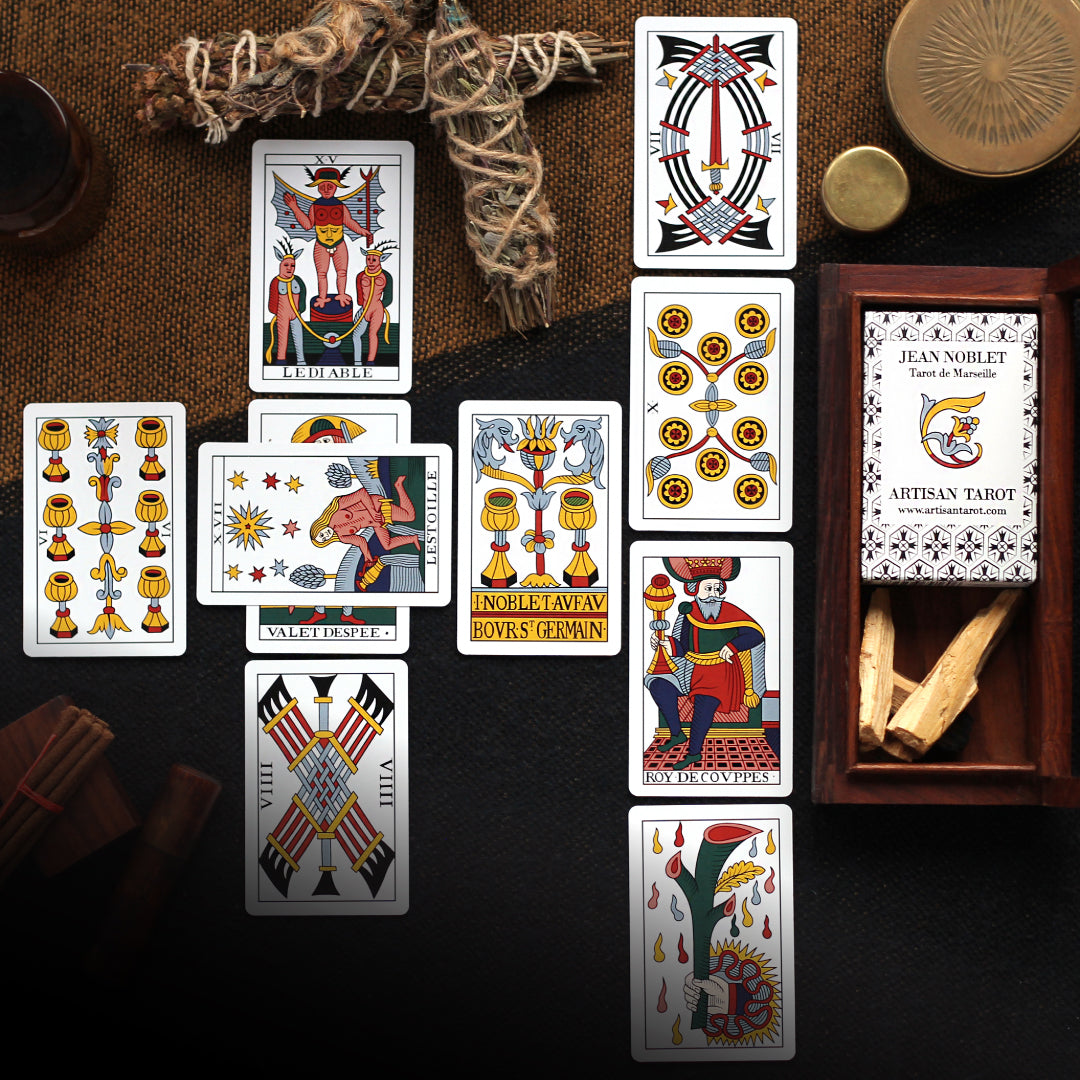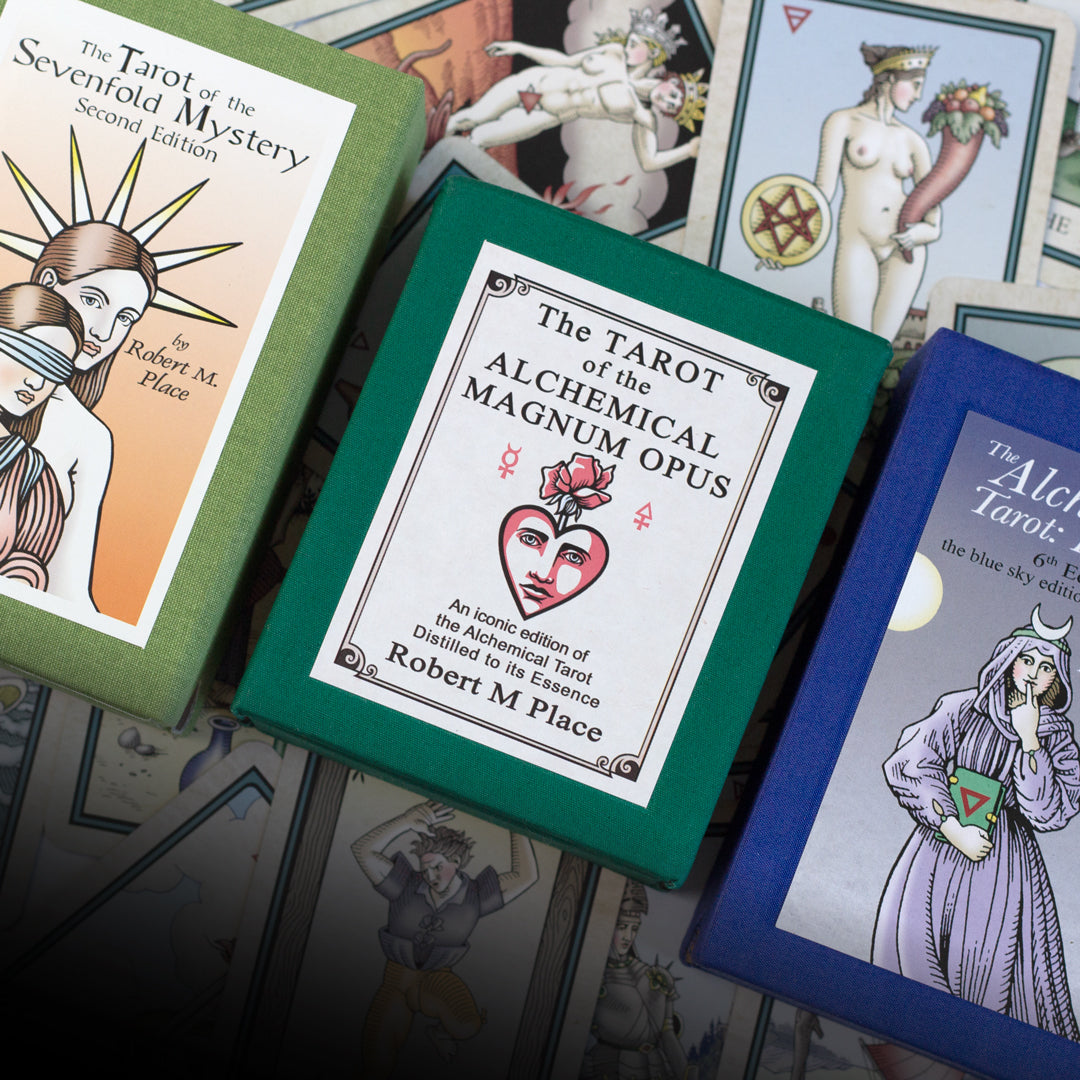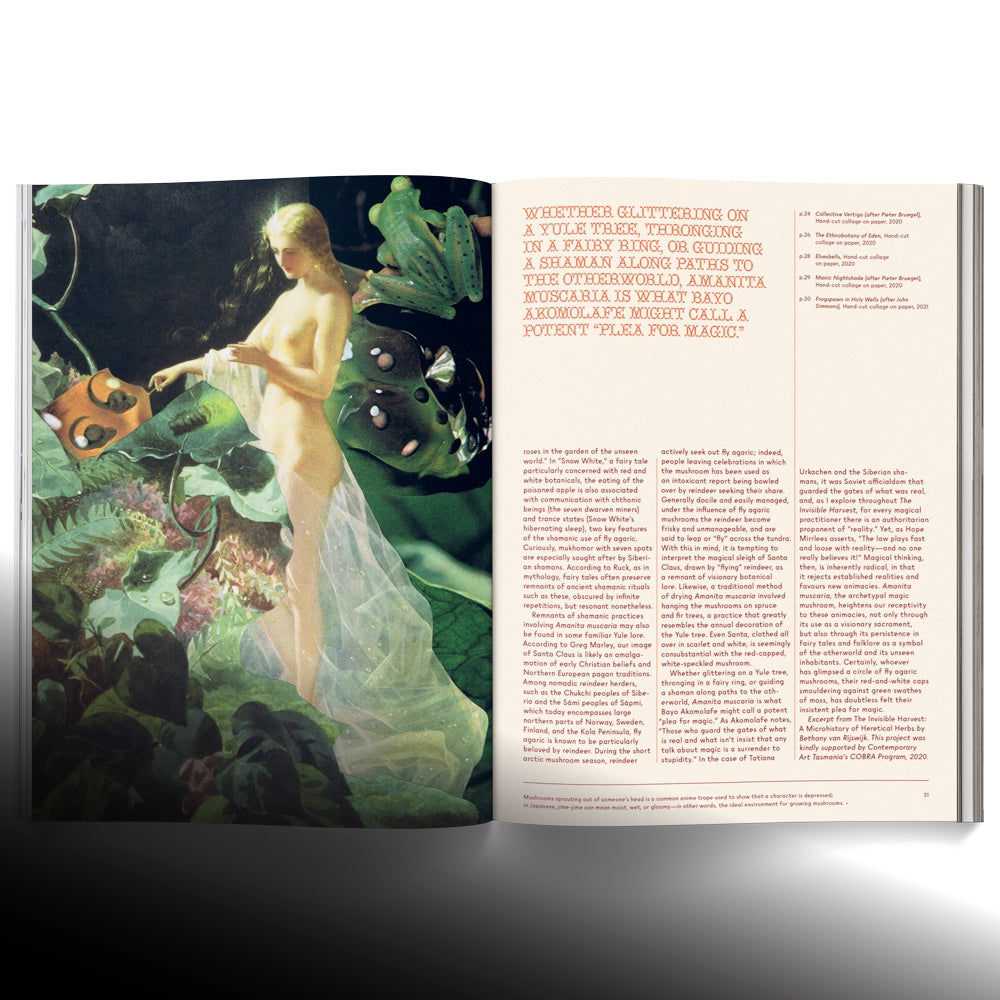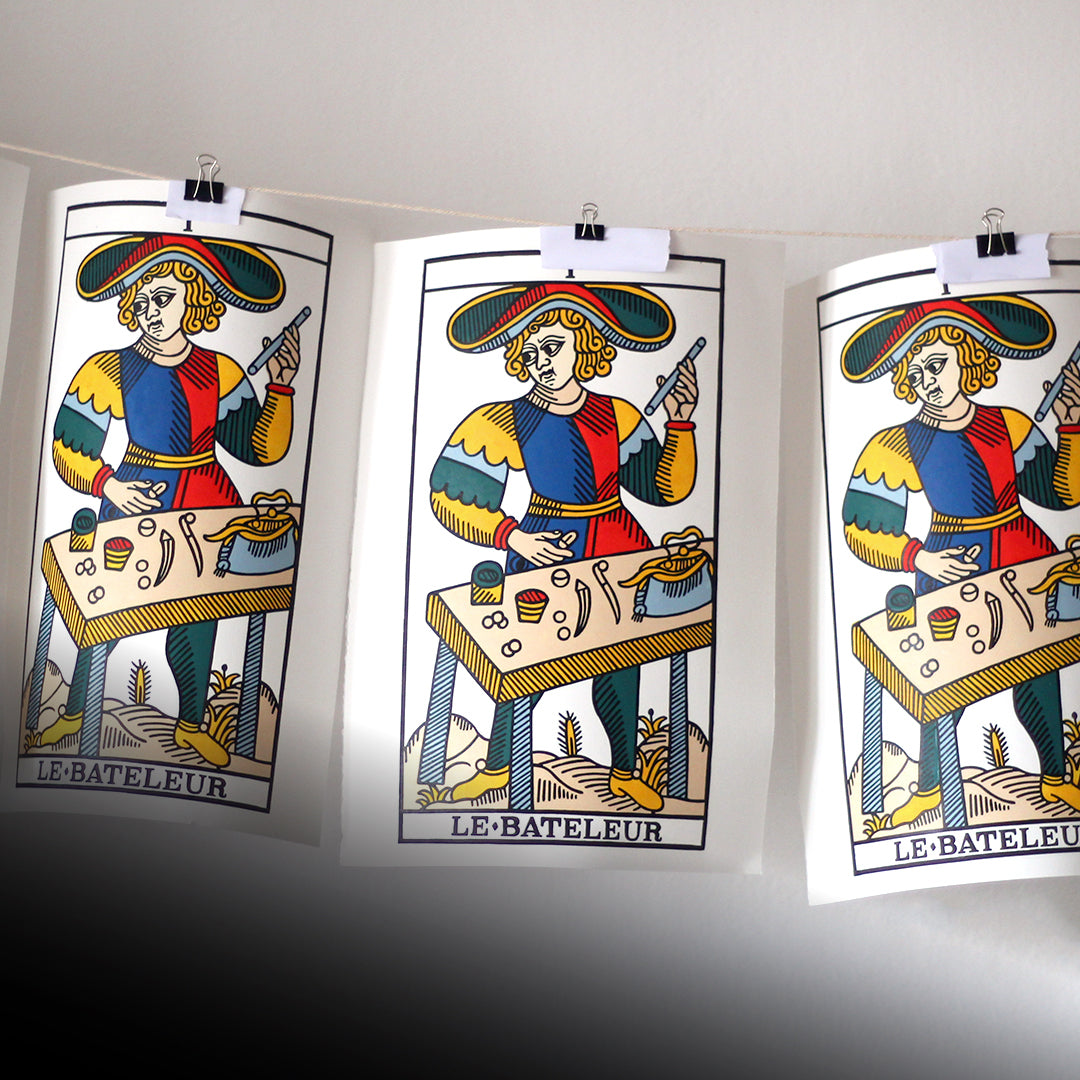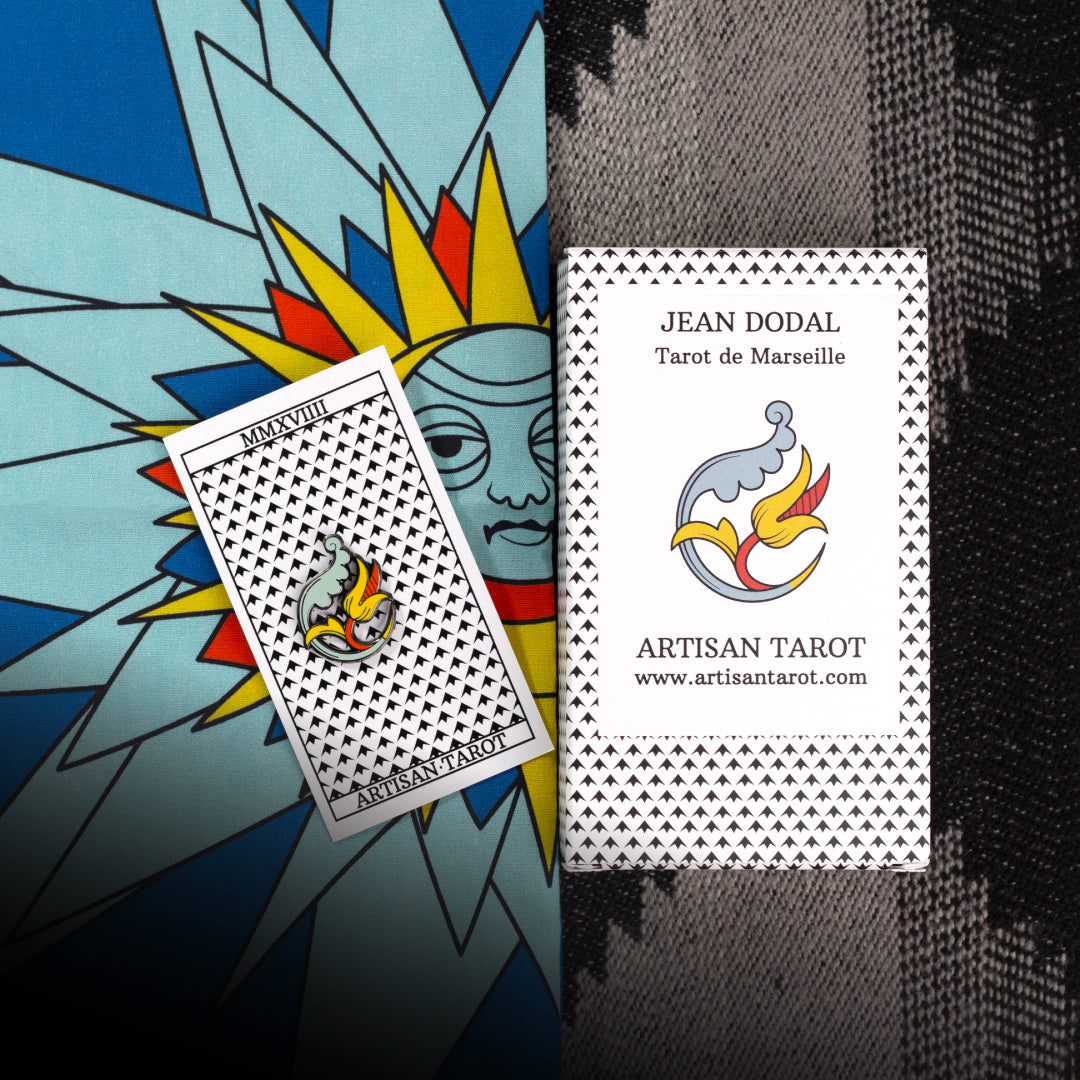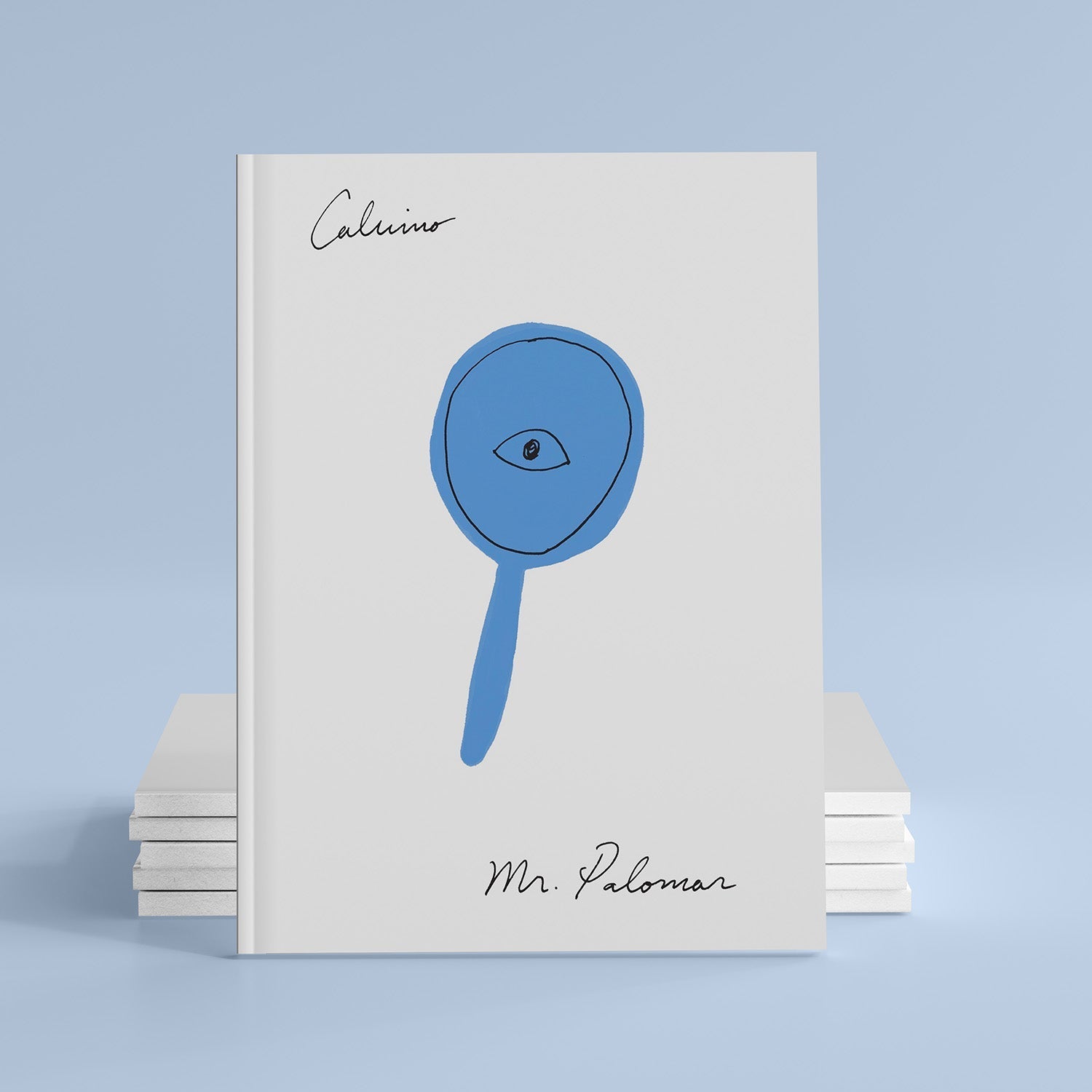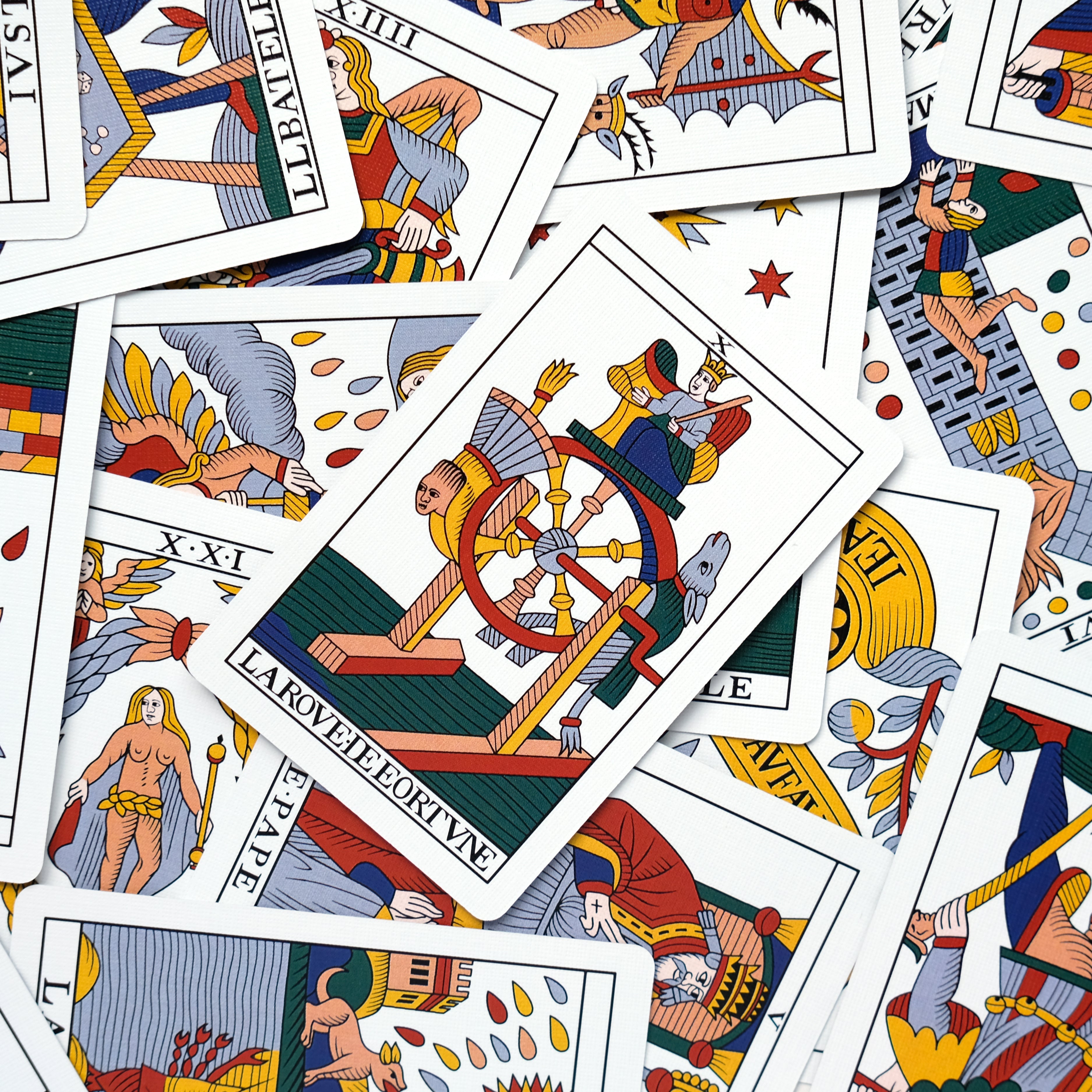We recently joined a discussion with Enrique Enriquez where he recommended reading Mr. Palomar by Italo Calvino. He explained that the book provides coordinates to understand how to look at reality.
After reading the book, we wholeheartedly agree that this should be on your reading list. So, we are now carrying it in our store to make it easy for you to pick up.
Chapter by chapter, Italo Calvino describes how Mr. Palomar looks at the world around him. This includes examining a wave, trying not to look at a topless woman, and watching a frog court another frog in his garden.
If the name Italo Calvino sounds familiar, he also wrote the popular tarot book, The Castle of Crossed Destinies. And while Mr. Palomar isn’t about the tarot, it does teach you how to pay attention: a necessary skill for reading the tarot.
In The New York Times Book Review, the poet Seamus Heaney praised Mr. Palomar as a series of “beautiful, nimble, solitary feats of imagination.” Throughout these twenty-seven intricately structured chapters, the musings of the crusty Mr. Palomar consistently render the world sublime and ridiculous.
Like the telescope for which he is named, Mr. Palomar is a natural observer. “It is only after you have come to know the surface of things,” he believes, “that you can venture to seek what is underneath.” Whether contemplating a fine cheese, a hungry gecko, or a topless sunbather, he tends to let his meditations stray from the present moment to the great beyond. And though he may fail as an objective spectator, he is the best of company. “
Each brief chapter reads like an exploded haiku,” wrote Time Out. A play on a world fragmented by our individual perceptions, this inventive and irresistible novel encapsulates the life’s work of an artist of the highest order, “the greatest Italian writer of the twentieth century” (The Guardian).
If you enjoyed The Castle of Crossed Destinies, then we know you will also enjoy Mr. Palomar.
The book is 144 pages and was originally published in 1986.
William Rader

